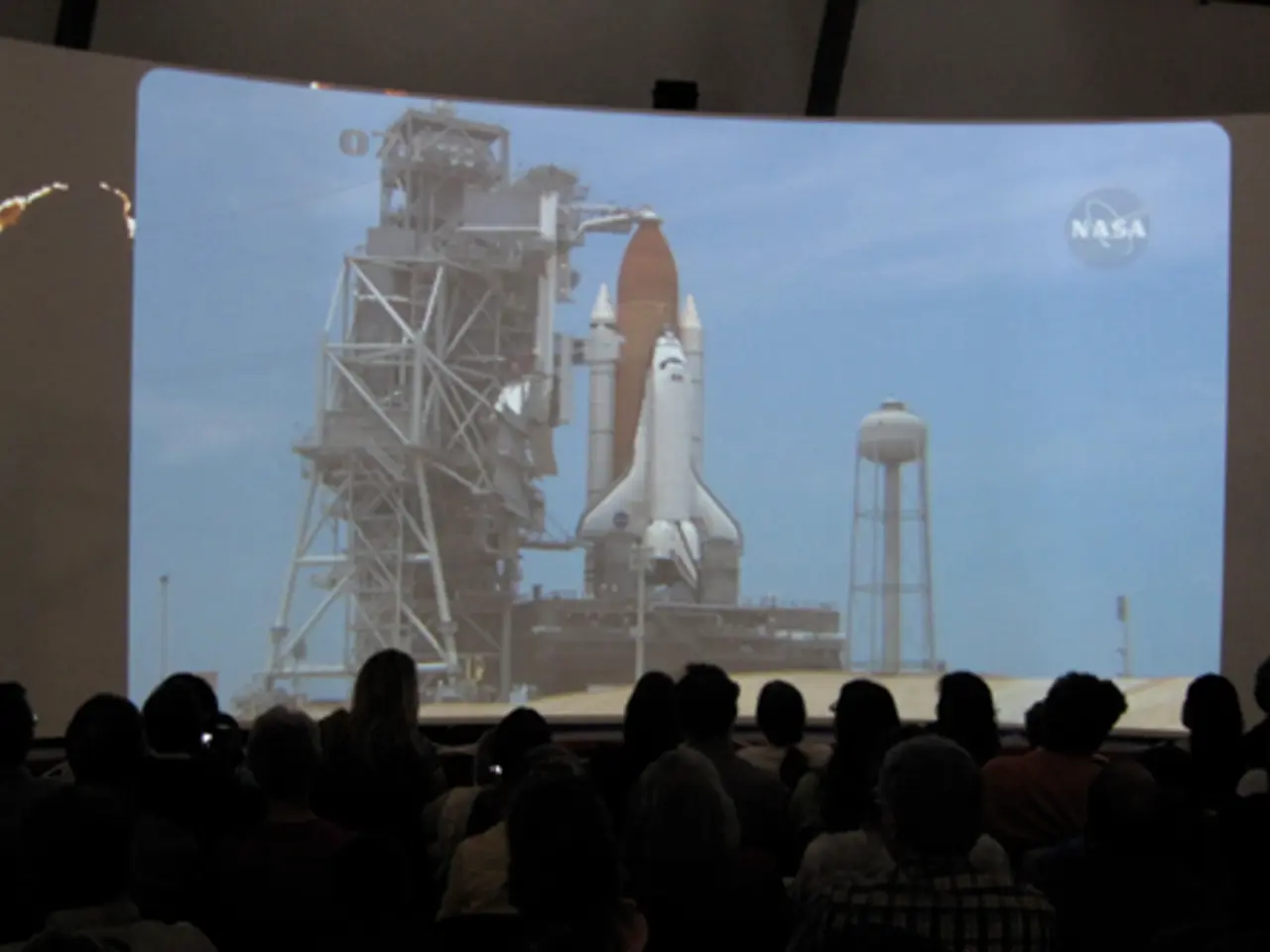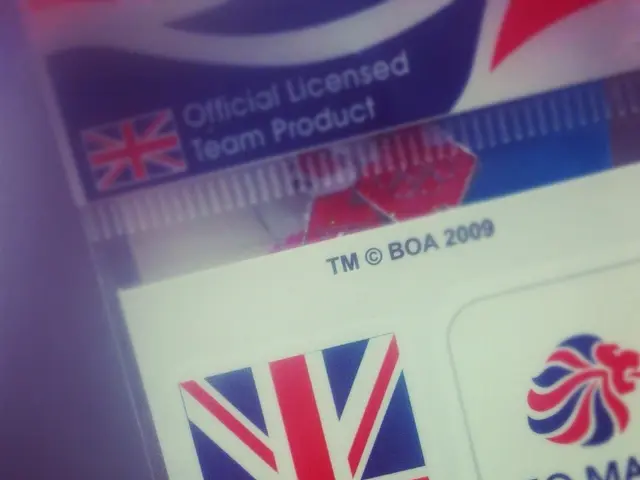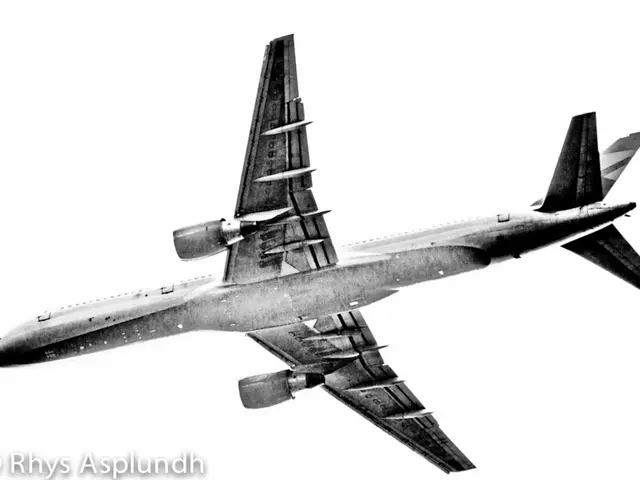Australia's Space Program Successfully Launches, Yet Falls Short of Ambitious Goals
The Australian space industry took a significant leap forward on July 29, 2025, as Gilmour Space's Eris rocket, the nation's first homegrown orbital launch vehicle, embarked on its maiden orbital test flight from the Bowen Orbital Spaceport. Despite not reaching orbit due to an engine thrust loss shortly after liftoff, the launch marked a major milestone for Gilmour Space and the Australian space industry.
The Eris rocket, 23 meters long and 30 tonnes, soared into the sky with smoke billowing from the pad and the four first-stage hybrid rocket motors igniting. For about 14 seconds, the rocket flew with a 23-second engine burn, clearing the launch tower. However, one of the four first-stage hybrid engines lost thrust, reducing overall lift, causing the rocket to drift sideways and fall back to Earth, creating a small fireball.
Gilmour Space founder, Adam Gilmour, was upbeat about the launch, viewing it as a major step forward, despite the failure to reach orbit. He noted multiple successes, including all four rocket engines igniting successfully, the rocket clearing the tower, and the positive operation of its flight software and control systems.
Established in 2013, Gilmour Space aims to provide Australian-made launch vehicles for satellites. The company had faced several postponements due to weather delays, technical issues, and unfavorable wind conditions. However, the test launch has reignited interest in the project, bringing renewed attention to the Australian effort to join the space club.
In the aftermath of the failed launch, Gilmour Space is targeting a follow-up flight within six to eight months to achieve orbital insertion. The company is committed to growing Australia's sovereign orbital launch capability using the Eris rocket, hybrid engine technology, and their commercially licensed Bowen launch site.
The Bowen Orbital Spaceport, Australia's first licensed commercial orbital launch facility, continues to develop hybrid rocket engine technology and three-stage vehicle design. The Eris rocket uses four hybrid rocket motors in the first stage, one in the second stage, and a liquid rocket engine in the third stage.
Regarding the payload, a jar of Vegimite sandwich spread, it was presumed lost in the failure. Gilmour Space remains optimistic about making forward steps towards its eventual goal, despite the launch failing to get far off the pad. The company waited eighteen months for complete regulatory approval to launch the Eris rocket from the Bowen orbital spaceport.
Gilmour Space founder Adam Gilmour had expected early failures in the space program, stating it's very hard to test an orbital rocket without flying it. He speculated that one of the main engines failed a few seconds into the flight. Despite the setback, Gilmour Space looks towards its second test flight of the Eris rocket, aiming for a successful orbital insertion.
The failed launch has not dampened the spirits of the Australian space industry. On the contrary, it has sparked renewed determination to push forward and achieve the goal of putting Australia in the club of nations capable of orbital launches. The Eris rocket may have faltered at low altitude, but it has certainly ignited the Australian space industry's drive to soar higher.
- Despite the engine thrust loss during the Eris rocket's maiden flight, Gilmour Space showcased the use of Australian-made technology in the space-and-astronomy sector.
- Gilmour Space, with a commitment to advance science through orbital launches, is targeting a follow-up flight for the Eris rocket, aiming to leverage its hybrid engine technology and secure Australia's spot in the space-and-astronomy community.




